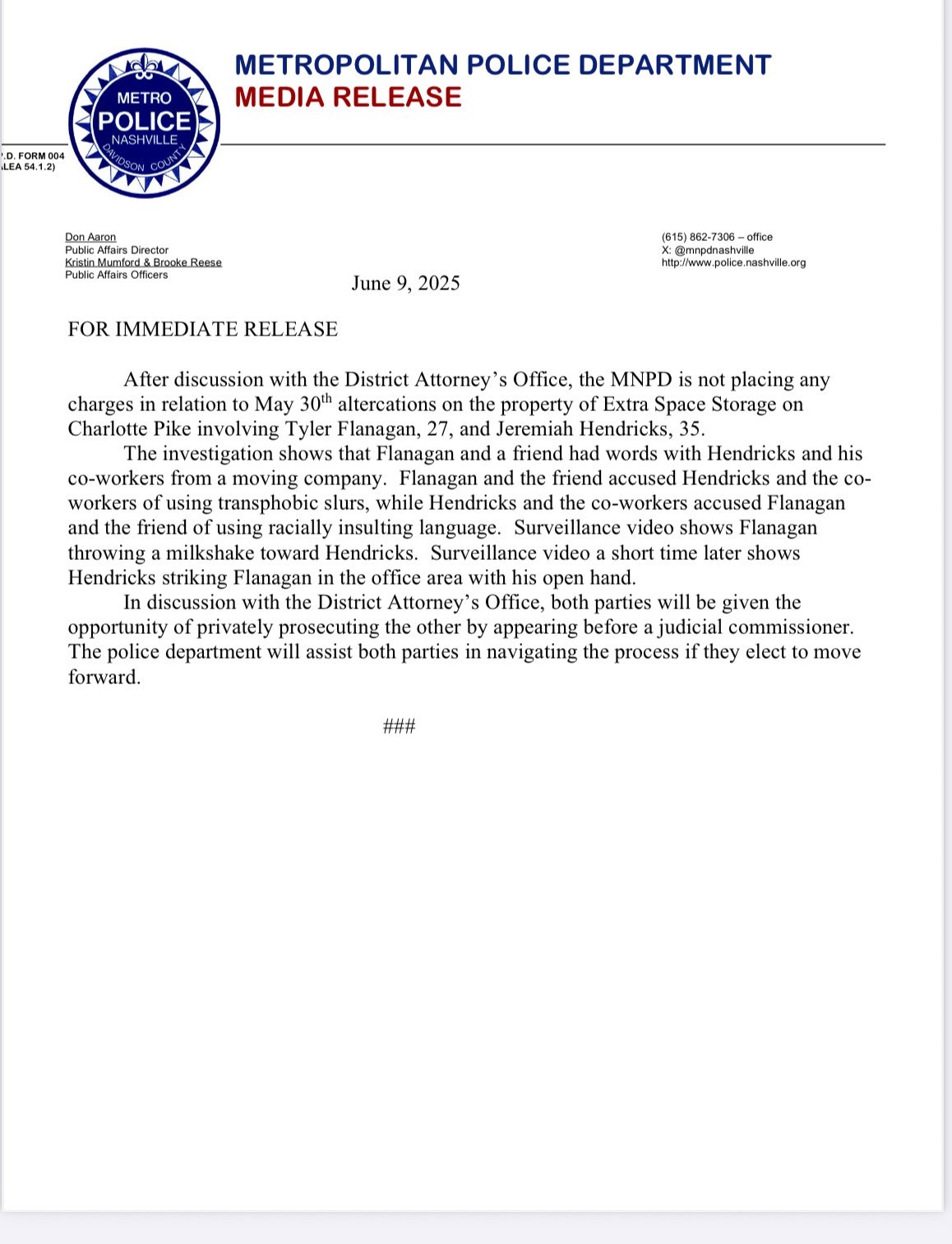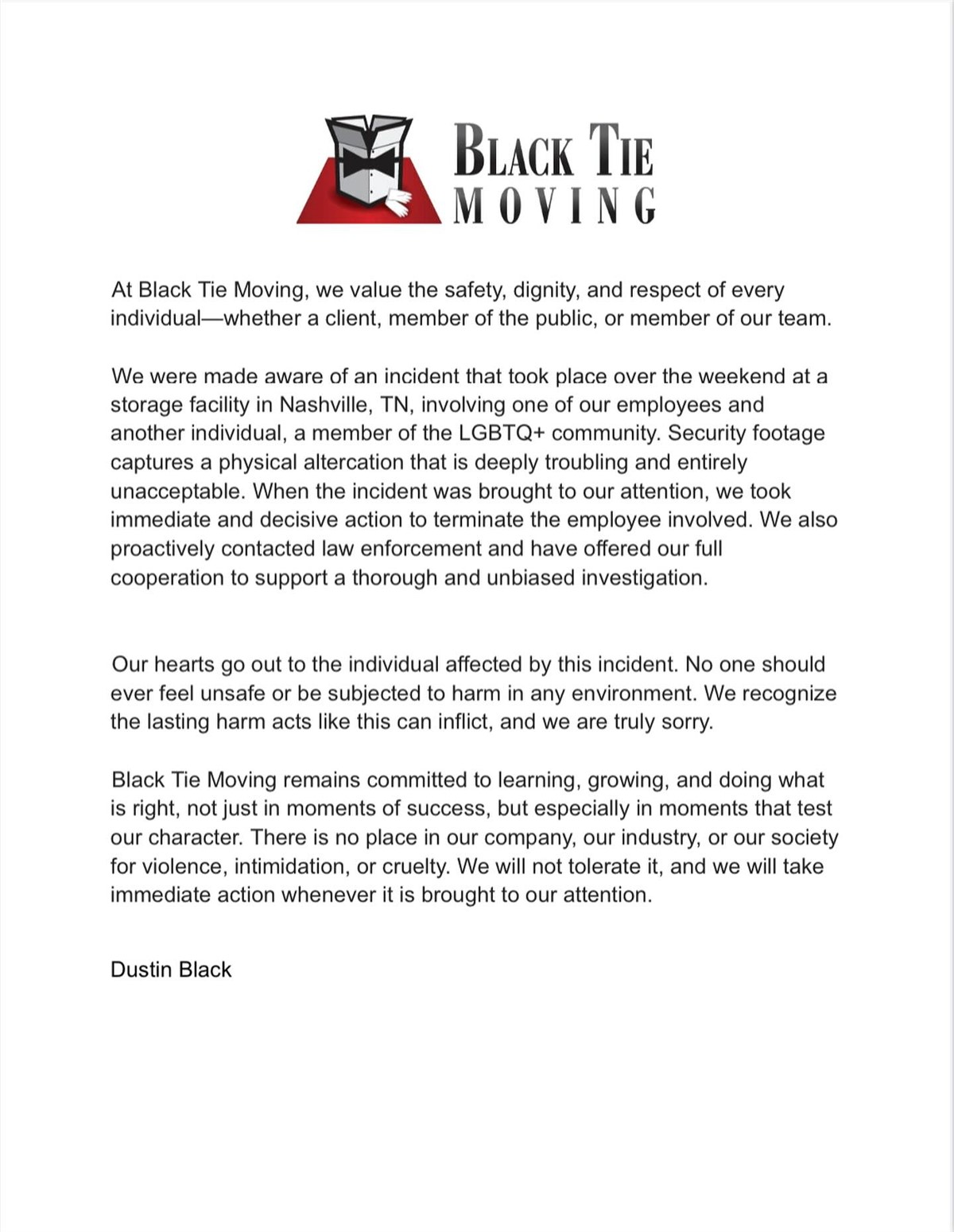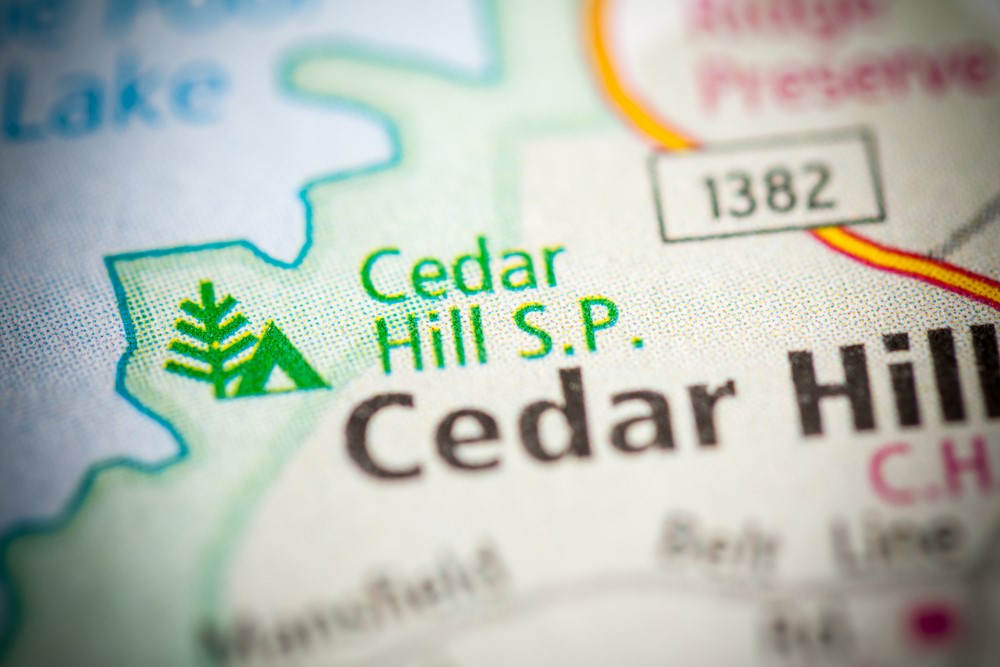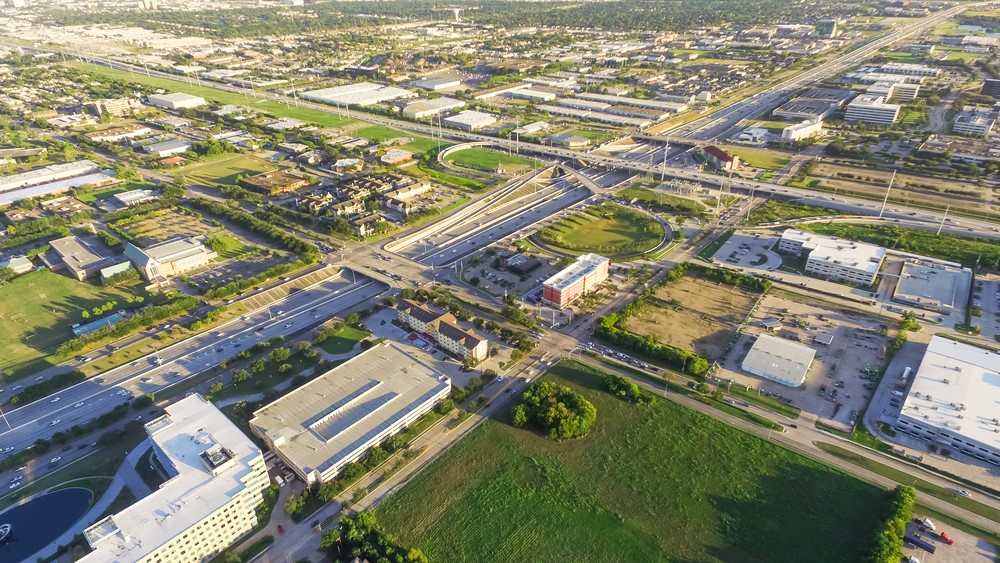Making a checklist is the first and one of the most important things you will want to do as soon as you decide to move. A checklist is especially important when moving cross-country, as returning to your former city to take care of loose ends after the move can be inconvenient and expensive. A thorough checklist will save you time and aggravation before, during, and after the move. Here are some items that may be helpful to have on your checklist:
• Binder – Use this to keep documents associated with long distance moving, such as receipts, estimates from movers, and more lists.• Movers – Get references, estimates, and schedule.
• Car – Have it serviced before the move, especially if you will drive it cross-country.
• Expense report – If you are moving because of a new job or a transfer, your employer will need documentation in order to reimburse you for some of your expenses. You may be able to deduct some expenses when you file your taxes.
• Utilities – Arrange to have the gas and electricity shut off at your old home, and connected at your new home so they will be on for moving day.
• Storage – Arrange to store items that will not fit into your new home or that you plan on selling. Make sure the driver and other movers are aware of which items need to go to a storage facility. Many professional moving companies, such as Black Tie Moving, offer storage services.
• Documents – Locate and organize insurance policies, birth certificates, passports, motor vehicle titles and medical records.
• Packing materials – Talk to your moving company about boxes, bubble wrap and padding. If you need specialized containers or materials, be sure to let them know.
Moving long distance? Contact Black Tie Moving for a free quote!
• Notifications – Your friends and relatives may need to know your moving date and new address, as well as creditors and other places where you have accounts. Be sure to file a change of address form with the post office.
• Travel – Unless you plan to drive your own car for the move, you will need to book a flight to your new home. You will also need to make hotel reservations. Doing this well in advance can result in significant savings.
• Measurements – If possible, get a floor plan of your new home. Measure your furniture so that you can plan where to place it. If you have very large items, you may need to determine whether they will fit through doorways.
• Labels – Labeling boxes with their contents and which room they belong in can save you and the movers time and aggravation when you arrive at your new home.
• Go Bag – Make a list of everything you want to have with you during the move, such as your cell phone, jewelry and important documents.
• Telephone – Call your moving company to confirm arrangements, and call the utility providers for your new home to make sure gas and electricity will be on when you arrive.
• Food – Try to use up items in your freezer so that they will not have to be moved or thrown away. Plan how much money you can spend at restaurants during the move.
These are just a few checklist items to help you get started planning and organizing. Your individual circumstances will determine other items you will need to add to your checklist.
Subscribe to Black Tie Moving's Blog









Comments